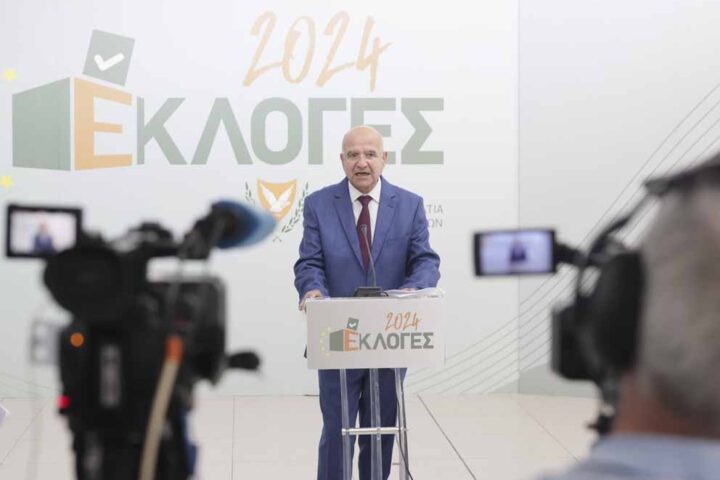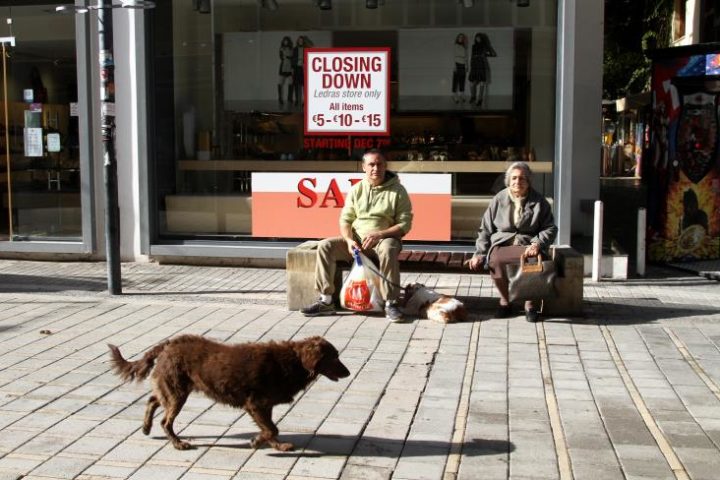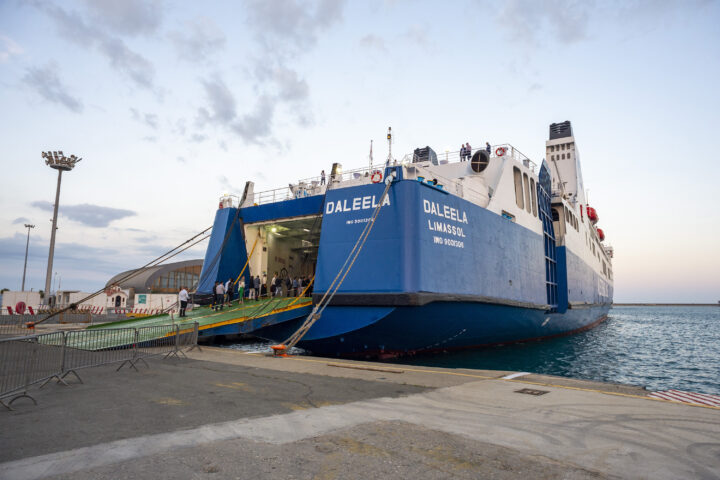The use of modern technologies, such as artificial intelligence to process the vast databases of artworks, as well as education at all levels, are the best tools to protect cultural heritage and combat art crime, the third largest criminal enterprise in the world, according to a leading expert.
Maurizio Seracini, widely considered an authority on diagnostics of architecture and art works, especially his survey of Leonardo da Vinci’s ‘Adoration of the Magi’, told a select audience at the Ministry of Foreign Affairs in Nicosia that the role of science in cultural heritage issues is of paramount importance.

“Cultural heritage and art is like a huge hospital where you have so many patients that some get looted, some destroyed or worse, forgotten.”
“Cultural heritage must be considered as the most valuable asset of a nation because it sets the foundation of its identity,” Prof. Seracini said, adding that “it is the duty and responsibility of a nation to educate the young generation. There is a lack of awareness among younger people, as future citizens, of their cultural heritage.”
“You need a new type of expertise to face these challenges, new professional figures of interdisciplinary scientists who will deal with conservation, protection, dissemination, discovery and authentication of works of art and archaeology,” he said.
These new professions include interdisciplinary art specialists and art crime investigators, whose absence in many countries encourages art crime to develop undeterred.
“Artificial intelligence should be used as a tool, not as a goal, in order to process the huge amounts of data. But instead of technology, we should talk about methodology.”
And revisiting his paradigm of the health sector, prof. Seracini said that just as ‘medicine’ is not simply as ‘surgery’, in the same sense, the process of preserving, restoring or authenticating art needs to follow a methodology, which he calls the ‘digital clinical chart’.
“Technology always develops, but first you need to get the methodology right,” he said.
Being a scientist himself, Seracini also referred several times in his presentation that there are technologies that are not freely available, as they are currently deployed for military use only, and that many of these could be put to good use in the protection of cultural heritage, archaeological sites below ground and under the sea.
A lot of times, the use of technology, such as drones over archaeological sites in Egypt, has proved a deterrent to potential looters, in addition to using satellite imagery to scan the ground and map entire sites, which should be an ongoing process, he said.
Introduced at the MFA event by art historian Maria Paphiti, credited with the discovery and recovery of a large number of religious and historical artefacts in recent years, prof. Seracini said that “when looters make a profit, we become poorer in cultural heritage.”
He said that the triptych for putting matters in the right order should be establishing a ‘national’ research foundation, having a centralised database and conducting scientific research, often in partnership with universities and other foundations.
In addition, there is a need to research and develop advanced diagnostic technologies, while cooperating with law enforcement agencies is imperative.
Returning to the issue of education, prof. Seracini said that young people “should become protagonists of their own discoveries by getting them more engaged and more interested in their cultural heritage. We should change the way how art and historical objects are displayed” to become more attractive to younger people.
“This is our European heritage,” he said.
Concluding on the issue of art crime, Seracini said that apart from the trade of looted and stolen art, and fakes, this is “a very grey market” and that “a lot of money laundering takes places in places like freeports, which encourage crime and should be avoided altogether.”
During his stay in Cyprus, Maurizio Seracini was the keynote speaker at the Old Shoe Factory in Nicosia, where he elaborated on “Rediscovering Leonardo da Vinci: The Secret Lives of his paintings” as part of the Italian Embassy’s celebrations to mark the 500th anniversary from the death of the great master.







